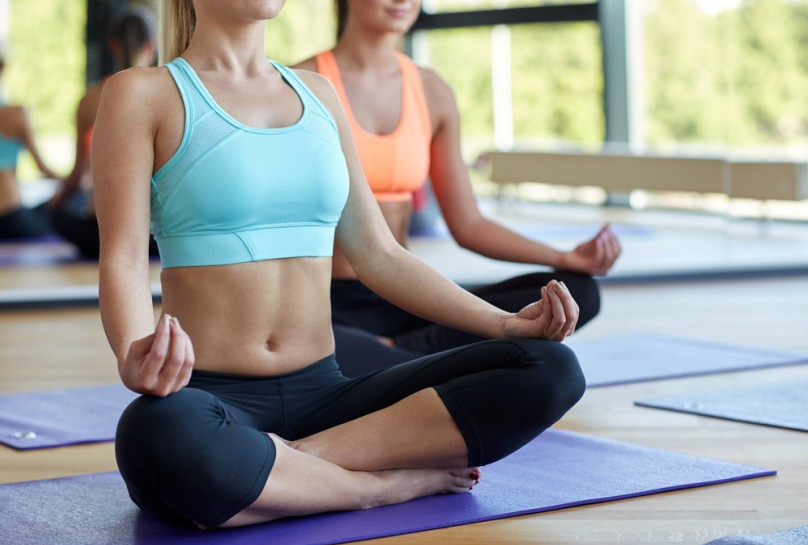Sports clothing has evolved significantly over the years, from simple cotton t-shirts and shorts to high-tech fabrics designed to optimize athletic performance. Many athletes understand the importance of having the right equipment, such as shoes and equipment, but may overlook the role that clothing plays in their overall performance. In this article, we will discuss how sports clothing can impact athletic performance.
- Comfort Comfort is an important factor when it comes to sports clothing. Clothing that is too tight or too loose can restrict movement and impact performance. The ideal sports clothing should be comfortable, allowing for a full range of motion without hindering performance. Clothing that is too tight can restrict blood flow and cause discomfort, while clothing that is too loose can be distracting and get in the way during exercises.
- Temperature Regulation Temperature regulation is another important factor when it comes to sports clothing. The ideal sports clothing should help regulate body temperature and keep the athlete comfortable during exercise. Clothing that is too heavy or does not allow for proper air flow can cause overheating and discomfort, while clothing that is too light or does not provide enough insulation can cause the athlete to become cold.
- Moisture Management Moisture management is an important consideration for athletes who engage in high-intensity exercises or who exercise for extended periods. Sweating is a natural response to physical activity, but clothing that is not designed to wick moisture away from the body can cause discomfort and hinder performance. Moisture-wicking fabrics help regulate body temperature, reduce the risk of skin irritation and chafing, and keep athletes comfortable during exercise.
- Compression Compression clothing has become increasingly popular among athletes, especially those who participate in high-intensity sports like running or weightlifting. Compression clothing is designed to fit tightly to the body, providing support to the muscles and reducing muscle fatigue. Compression clothing can also help increase blood flow and oxygen delivery to the muscles, improving athletic performance.
- Protection Protective clothing is important for athletes who engage in contact sports like football or hockey. Protective clothing, such as helmets, pads, and shin guards, can help reduce the risk of injury and protect the athlete from impact. Clothing that is designed to provide additional support to joints, such as knee or elbow sleeves, can also help reduce the risk of injury during exercise.
- Style and Confidence While it may seem like a minor consideration, style and confidence can also impact athletic performance. Clothing that fits well, looks good, and makes the athlete feel confident can help boost performance and increase motivation. When athletes feel good about how they look and feel, they are more likely to push themselves to perform at their best.
In conclusion, sports clothing plays an important role in athletic performance. The right clothing can help regulate body temperature, manage moisture, reduce muscle fatigue, provide support and protection, and boost confidence. Athletes should consider these factors when choosing sports clothing to ensure they are comfortable, safe, and able to perform at their best.

